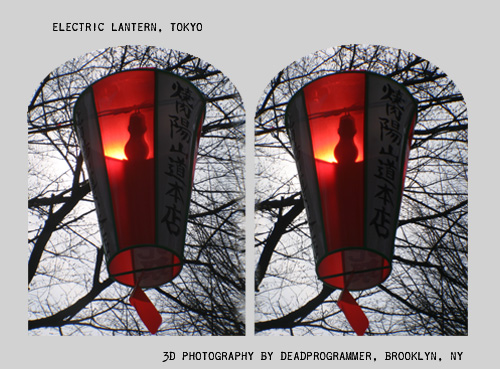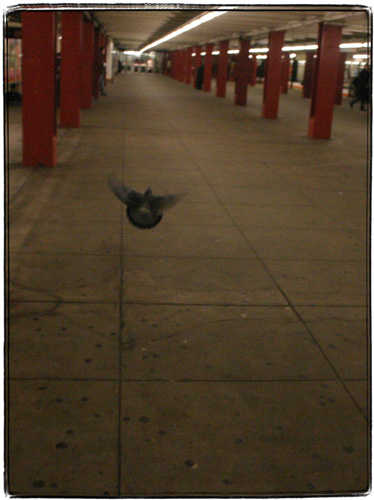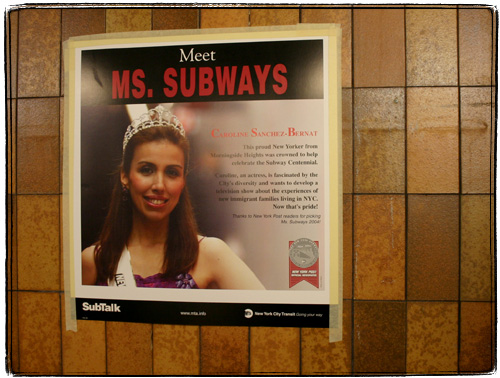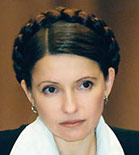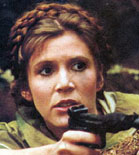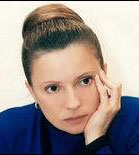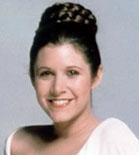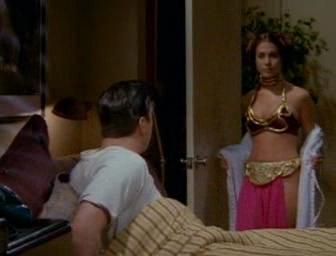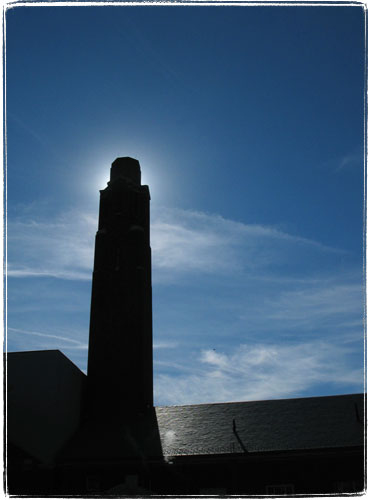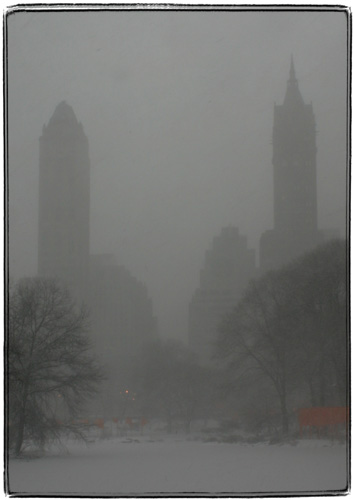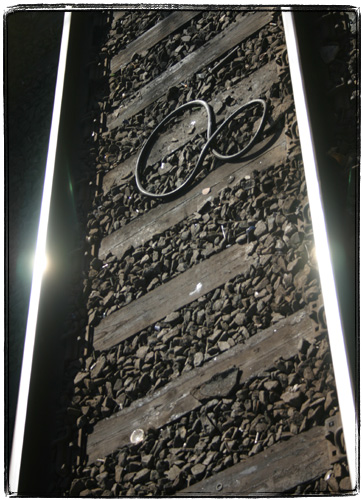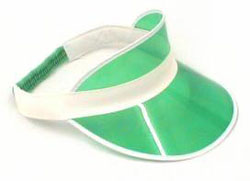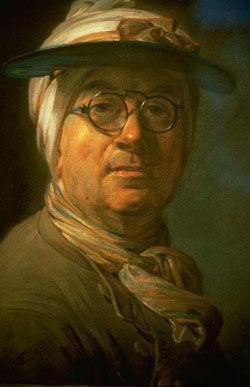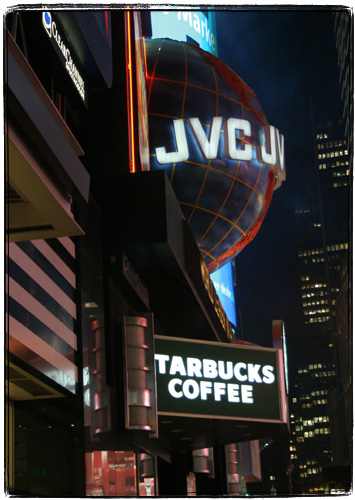Part I : The Roots Of Russian Japanophilia
What are the roots of Russian (I should really be saying “Russian-speaking Generation X”, but that would be too long, wouldn’t it?) Japanophilia? Honestly I have no idea, but the fact is that it plays an important role in the huge number of high quality Sushi restaurants in Brooklyn, tremendous popularity of Japanese themed blogs in the Russian-speaking Livejournal community and the popularity of Erast Fandorin Mysteries.
Kitya, the author of the above mentioned outstanding blog, whom I met in Tokyo, thinks that the reason is probably the same as with the US Japanophilia – anime cartoons. I have a different theory. Before the first anime shown in the USSR,Flying Ghost Ship, made it’s appearance, I was already fascinated with Japan. The reason for that was the excellent book called “Branch of Sakura” that I found in my dad’s library. As it turns out, 30 years later the author of the book, journalist Vsevolod Ovchinnikov was invited back to Japan to write a second installment of the book. Ovchinnikov’s writing still has the same lucidity, simplicity and attention to detail. I think that he is one of the major reasons why Soviet Generation X is so interested in everything Japanese.
Some time during Perestroika there was a week of Japanese TV in USSR. They showed the most amazing stuff : how they make Japanese water sharpening stones (I own a set these days) and how a skillful sharpening master can sharpen a carpenter’s plane so that he could make a micron thick shaving with it. They’ve shown how chasen whisks (I have one) used in a tea ceremony are made by splitting bamboo by hand. They’ve shown a fisherman who could tell exactly how many trouts his net was catching and a master bamboo fishing rod maker. They’ve shown an awesome game show called Takeshi’s Castle. Oh, how I wish someone would make a DVD of that show! There was the usual exotic stuff like Sumo wrestling, Sakura festivals as well more unusual stuff such as a few clips of Japanese reporters walking around Moscow (a part of which I described earlier.
Before coming to America I thought that there must be hundreds of channels on TV there, and specifically a few that showed only cartoons (as opposed to 3 or 4 channels in the USSR with one to two old cartoons shown per day). My expectations were overly optimistic as the Cartoon channel came into existence significantly later. Now I hope and pray that there will be a channel of Japanese TV with English subtitles, Sumo, news, Abarenbo Shogun and other Chambara. And Takeshi’s Castle reruns. Ah, one can only dream. For now all I have is the couple of hours of Japanese shows on Fujisankei Lifestyle which airs for a couple of hours. Actually while writing this post I learned that there is a Japanese channel on the Dish network, but it’s $25 a month.
I never anywhere abroad since I came to the US and me and my wife did not have a decent vacation in years. So I decided to pleasantly surprise my wife, who knows and tolerates my extreme hate of traveling, and proposed that we have a vacation in Japan. Thanks to her diligent planning we had an amazing 10 day trip to Japan, spending 6 days in Kyoto and 4 days in Tokyo.
My camera died in Gion, Kyoto’s geisha district. But still me and my wife managed to take about 2500 pictures. I took a lot of 3d pictures. 3d picture technology is very simple : I have a lens that takes two slightly offset pictures at the same time. To view the image you can either learn a special technique and really, really strain your eyes or obtain a rather simple viewer of which there are many varieties, some very cheap, some a bit more expensive and some are pretty expensive. I find that the cheap viewer made by the same company that makes the lens that I use work very well.
[update] : due to the lack of interest there won’t be many 3d pictures in my posts.
[update] Ok, I did get one request for a 3d viewer. So maybe someone out there cares. So if you want one, send me your postal address to 
